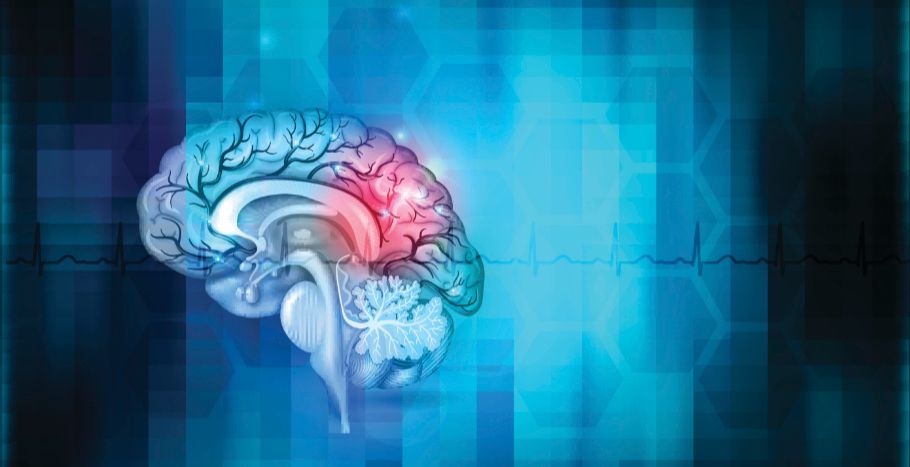Article
Survivors of Central Nervous Tumors Face Difficulties With Adult Independence
Author(s):
A recent study from St. Jude Children’s Hospital found that more than half of adults who survived pediatric central nervous system tumors failed to achieve independence as adults.
More than half of those who survived central nervous system (CNS) tumors during childhood fail to achieve complete independence as adults, according to findings published in the Journal of Clinical Oncology.
In particular, researchers from St. Jude Children’s Research Hospital, determined that cognitive impairment and physical performance limitations were strongly correlated with predictors of non-independence. On the plus side, the researchers noted that this means survivorship is at a level where late effects can be studied.
“Survival rates have improved dramatically over the past several decades. Unfortunately, we know that survivors are not achieving personal and professional milestones consistent with what we would expect healthy young or middle-aged adults to attain,” Tara Brinkman, Ph.D., an assistant member of the St. Jude Department of Epidemiology and Cancer Control and the Department of Psychology, said in a statement.
CNS tumors account for approximately 20 percent of cancers among children under the age of 19; however, with advances in treatment and supportive care, long-term survival has increased substantially.
The therapies and location of these tumors may have direct effects on independence — such as an increased risk for late mortality, subsequent neoplasms (a new and abnormal growth of tissue in some part of the body), endocrinopathies (hormone problems), musculoskeletal abnormalities, sensory and neurologic deficits, neurocognitive impairment and physical performance limitations.
While obtaining complete independence as an adult serves as a primary goal among these individuals, the risk factors associated with the inability to do so across a number of concurrent indicators have never been studied.
Therefore, Brinkman and colleagues assessed functional and social independence among 306 survivors of CNS tumors — including 130 who were diagnosed with astrocytoma, 77 with medulloblastoma, 36 with ependymoma and 63 who were diagnosed with a condition considered “other” for this study’s purposes.
The researchers characterized independence as “participation in functional activities (self-care, independent living), social engagement (partnership/marriage) and the establishment of economic autonomy from caregivers (education, employment).”
As part of the St. Jude Lifetime Cohort Study (SJLIFE) — designed to facilitate a longitudinal evaluation of health outcomes among a dynamic cohort of childhood cancer survivors – the study included individuals at an average current age of 26.3 years old, and who were more than 17 years post-diagnosis. Approximately one-third of participants received focal irradiation and one-third craniospinal irradiation for treatment.
The six indicators used in the study were employment, living independently, assistance with personal care, assistance with routine needs, obtaining a driver’s license and marital status; while physical performance impairments consisted of scores below the 10th percentile on measures of aerobic capacity, strength, flexibility, balance, mobility and adaptive function.
After examining individuals, the researchers identified three groups that emerged from markers that were clustered together among survivors. About 40 percent of survivors were classified as independent — meaning they’ve achieved independence consistent with societal expectations; 34 percent were moderately independent – meaning they were able to do some things an adult is expected to do but were not fully independent; and 26 percent were non-independent and required the most assistance.
“In this sample, non-independent survivors were more likely to be living dependently, unemployed, require assistance with personal care and routine needs, unable to drive, and unmarried,” the researchers noted. “The identification of interventions and support to help this latter population to achieve autonomy is important as their caregivers, most commonly their parents, age.”
According to multivariable models, aggressive therapies like cranial spinal radiation induced a four-fold increased likelihood of nonindependence.
“This finding is not particularly surprising given the well-established cognitive morbidities associated with (cranial spinal radiation), particularly among those exposed at younger ages,” the researchers wrote.
In addition, younger age at diagnosis and hydrocephalus with shunt placement were strong predictors of non-independence. Of note, cognitive impairment was the strongest predictor of non-independence.
On the other hand, physical performance limitations, including problems with strength, aerobic capacity and the ability to perform adaptive physical functions were associated with non-independence among individuals who were considered moderately independent, and cognitive impairment was not a factor.
“Efforts to improve physical performance deficits and reduce individual-level barriers associated with access to the environment may promote greater independence,” the researchers wrote. “Vocational rehabilitation efforts may be appropriate for survivors who are unable to acquire employment because childhood cancer survivors who receive job search assistance and on-the-job support are four times more likely to be employed after receipt of such services.”
The researchers concluded that, because 60 percent of survivors of pediatric CNS tumors do not achieve complete independence as adults, reduction in the intensity of primary therapies and interventions that target physical performance and adaptive deficits may help survivors to achieve greater independence.
“(Five)- or even 10-year survival is not enough. The ultimate goal should be to deliver therapies that maximize both survival and opportunities for functional and social independence throughout the lifespan,” they added.




